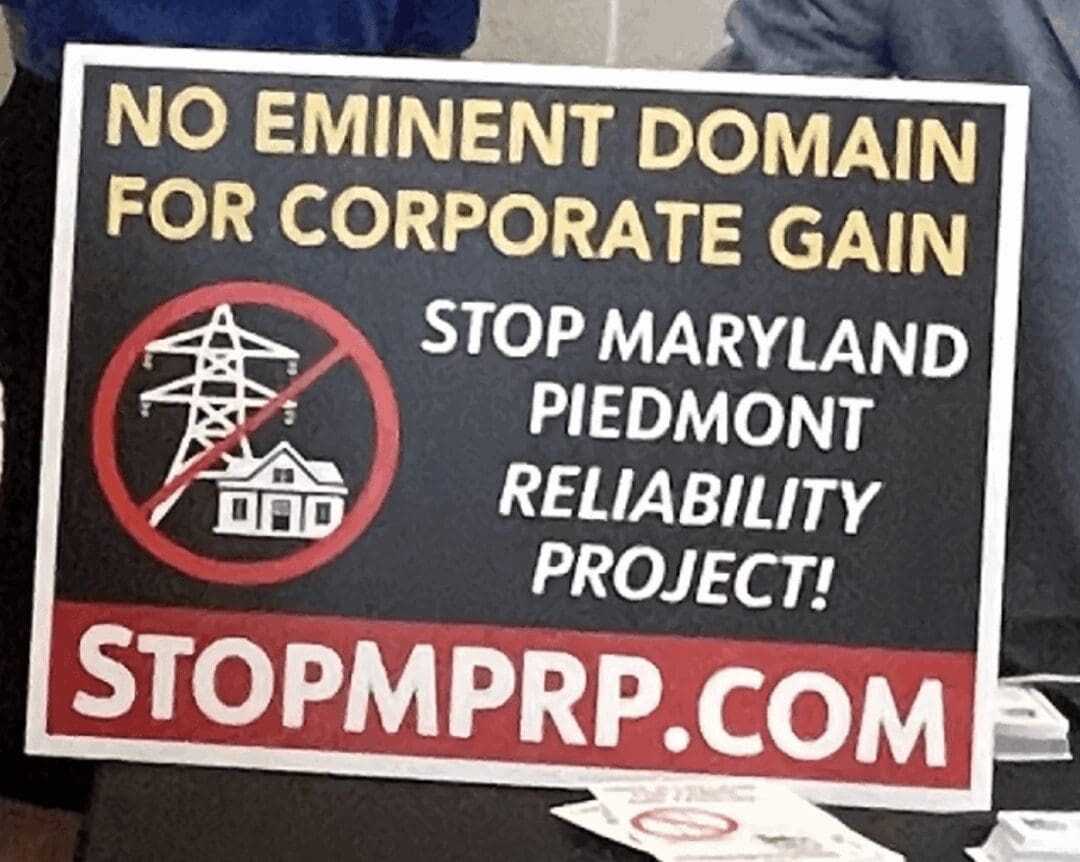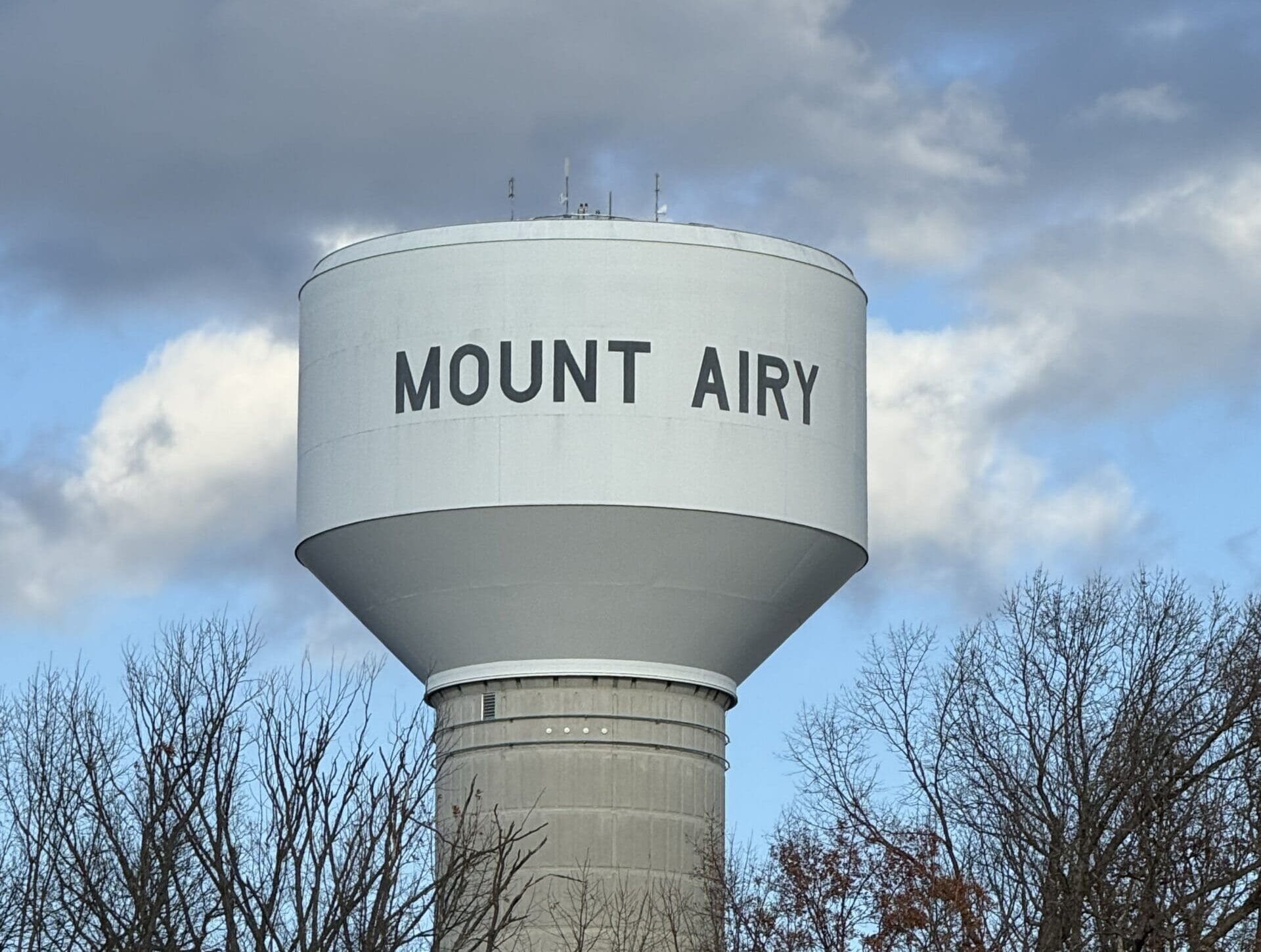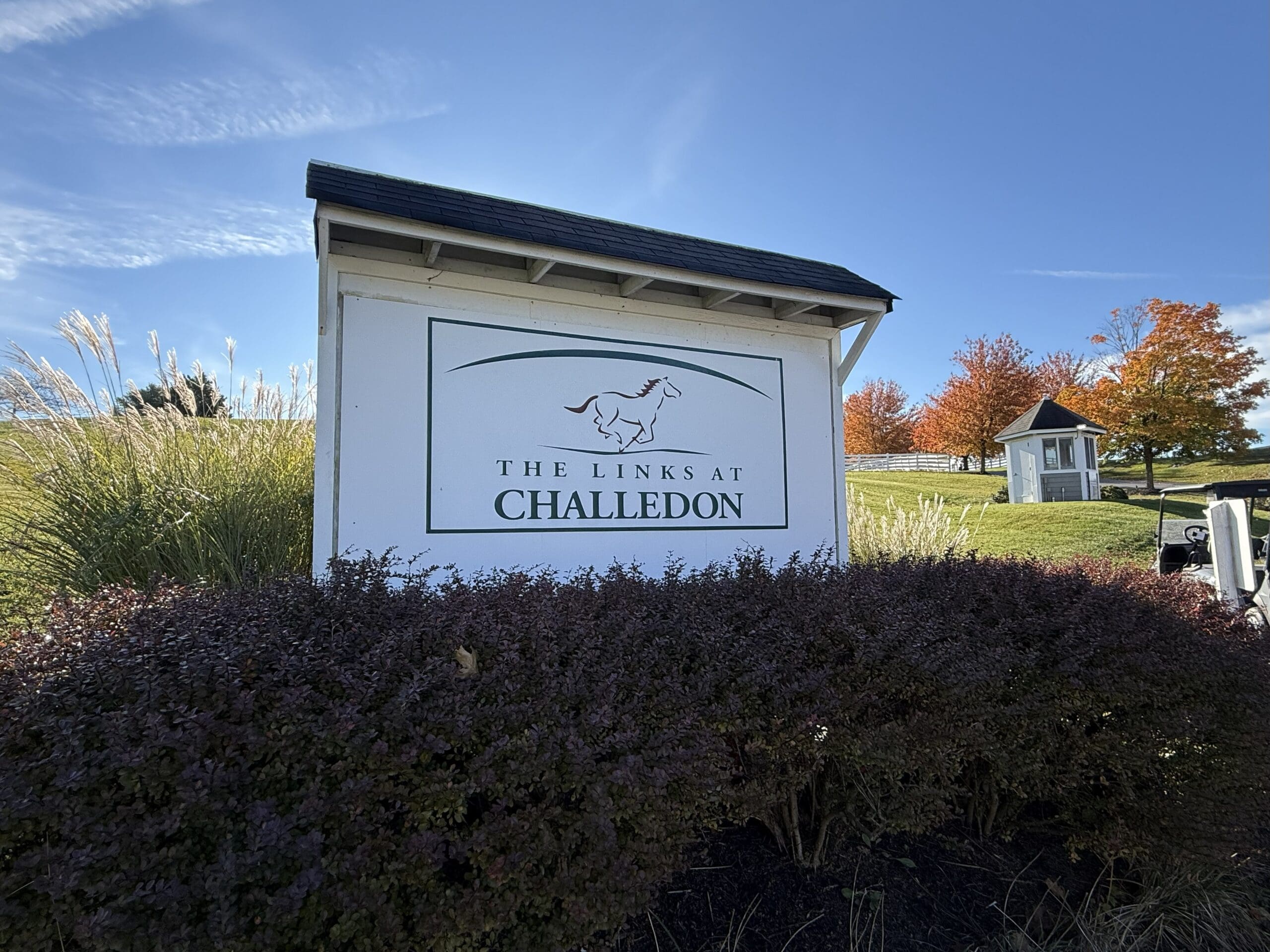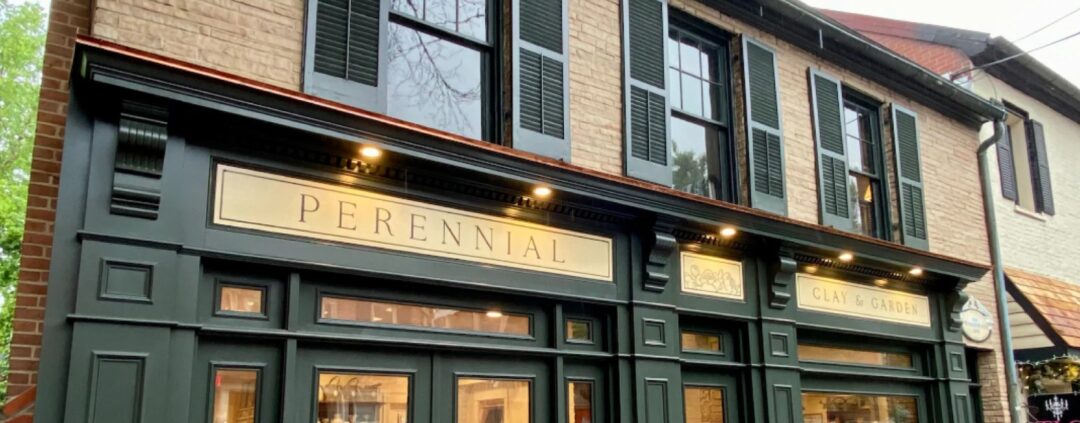The Maryland Piedmont Reliability Project (MPRP) is a massive energy infrastructure project that if approved, would bring large transmission lines across Frederick County. Residents in the Frederick area and in other affected parts of Maryland, are not happy and are actively trying to Stop the MPRP.
The Maryland Piedmont Reliability Project (MPRP) and Frederick MD - Contents
What is the Maryland Piedmont Reliability Project (MPRP)?
The MPRP is a proposed electric energy transmission project that includes 70 miles of new power lines across Maryland. The project involves multiple organizations:
- PJM – a large Regional Transmission Organization (RTO) responsible for distributing electricity across 13 states. This includes NJ, PA, MD, WV, and VA.
- Public Service Enterprise Group (PSEG) – a NJ-based energy company that builds energy transmission projects, mostly in the mid-Atlantic.
- Quantum Loophole – A data center development company that plans to build a new facility on a 2,100-acre industrial site just south of Frederick.
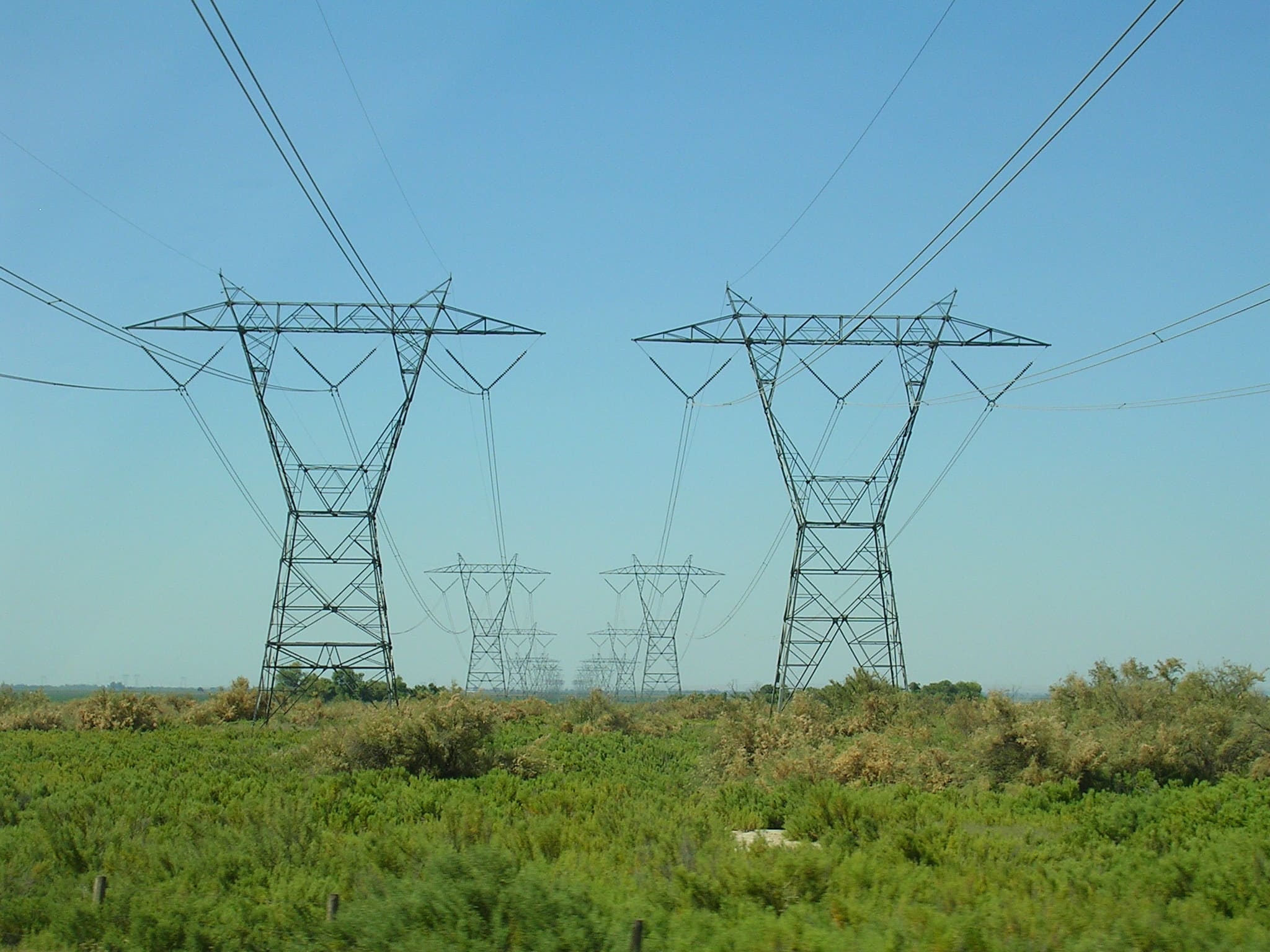
To frame up the MPRP project simply, PJM is the organization that determined that this new transmission line across Maryland is needed. In December 2023, they awarded the project to PGEG for $474M. Plans are to have the new transmission lines operational by 2027.
The broader and fuzzier part of the story revolves around why these new lines are needed. One factor is the need to power new data centers, including the new data center being built by Quantum Loophole near Frederick.
How Would MPRP Affect Frederick and Frederick County?
So, what’s the big deal? What does this mean for Frederick and the other affected parts of Maryland?
Maryland citizens in growing numbers are concerned and downright opposed to this project for multiple reasons:
- The proposed routes (see below) cross over many farms, environmentally sensitive areas, private lands, and other currently occupied areas
- The transmission lines are large, ugly, noisy, and require 100 feet of clearing
- Concerns about environmental impacts
- Neighborhoods close to the proposed routes have homeowners worried about property values
The easements needed to build this 70-mile transmission line require the acquisition of land from private owners, which is highly controversial.
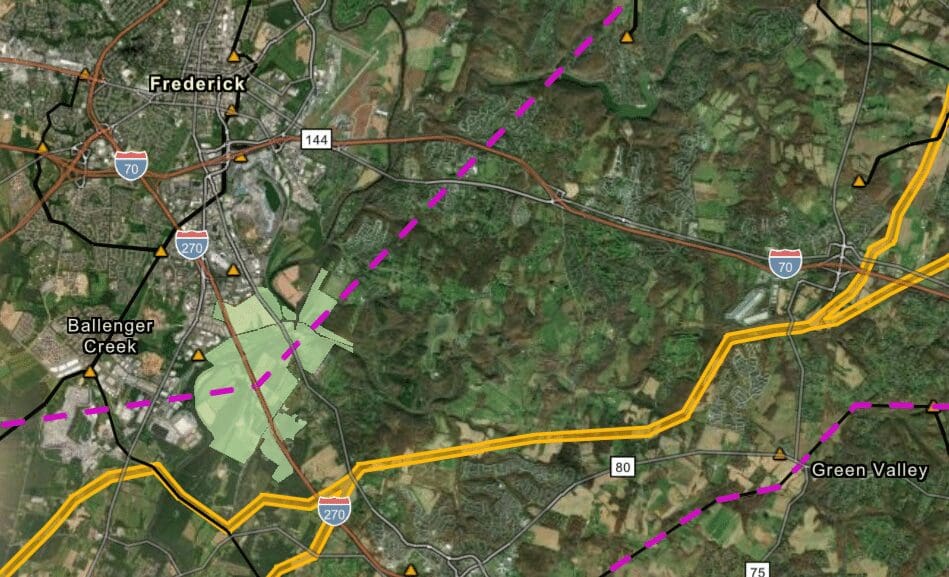
Residents of Baltimore, Carroll, and Frederick County also feel blindsided by the process, which has been rapid, confusing, and often non-transparent.
The Proposed Maryland Piedmont Reliability Project Map
PSEG has published the proposed routes for public viewing. There are multiple routes, but once the lines reach Frederick County west of Mount Airy, the routes converge into a single option.
PSEG says that the routes aren’t final and that public input, environmental studies, and other steps have to be completed before they are finalized. It’s hard to find a published timeline for when routes will be finalized, and knowing they could change anytime is further unsettling to many residents.
What is REALLY Driving These Drastic Energy Investments?
A big question regarding MPRP is “Why”? The deliberation over what is driving the needs for more power transmission is an extensive topic itself.
Where is all this power actually headed? Why is this happening in Maryland?
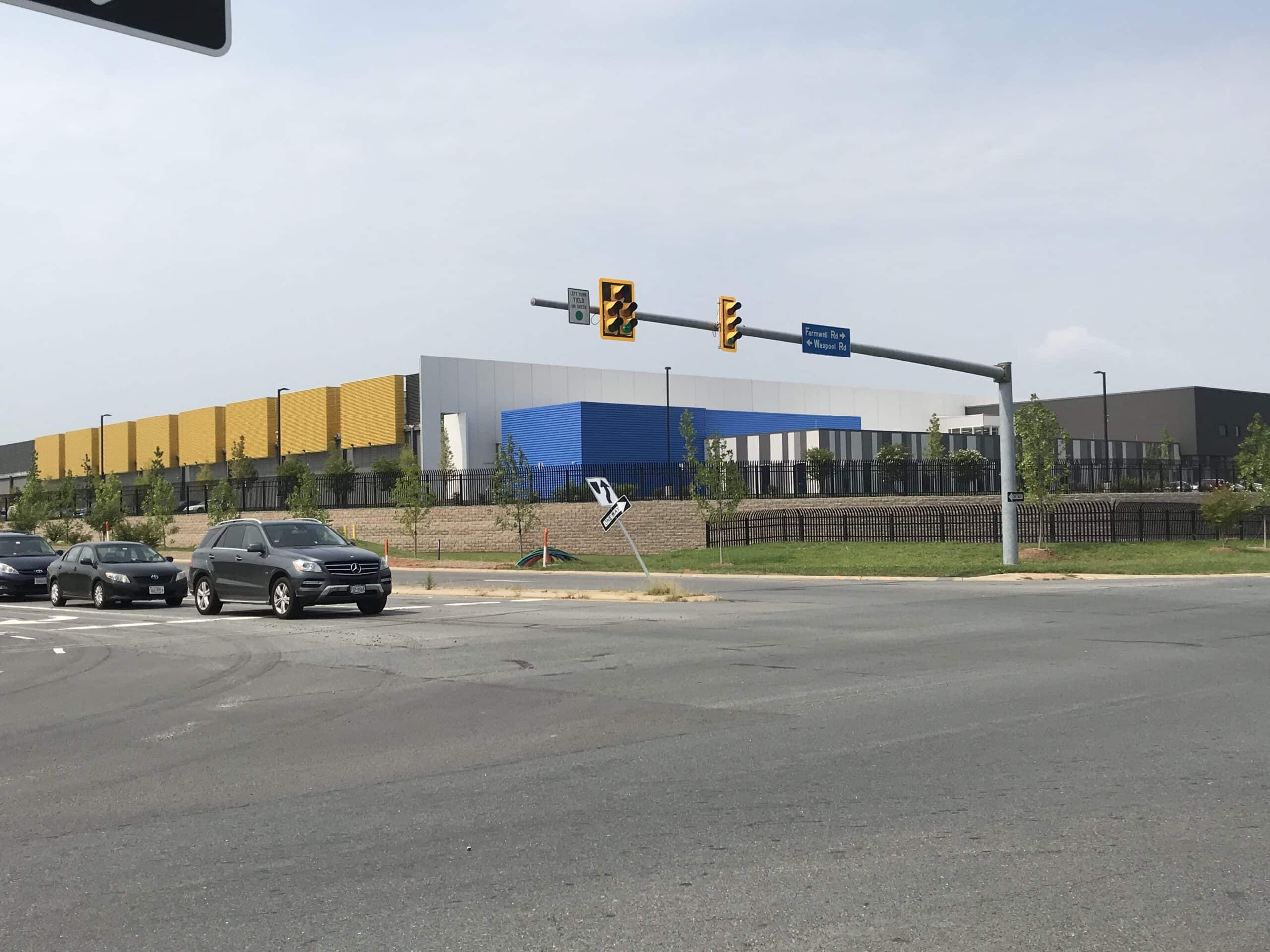
There are multiple facets to this question, but most of them lead back to data centers. All of the computing power, streaming video, and cloud services in our lives has exploded the need for more data centers. Loudoun County (where Glenn lived for 20 years), has seen a huge expansion of data centers and today is the data center capital of the world.
Data centers have enormous power requirements. Not only do servers need power, but look at the roof of any data center and you’ll see a network of cooling devices that need to run to keep hardware cool.

There have been many claims that the MPRP transmission lines are being built to transmit power to data centers in Virginia. While this may be true, MPRP’s main purpose is to bring power to the Doubs Substation south of Frederick, for use mainly by the new data center built by Quantum Loophole.
Who Pays?
As if the forced acquisition of land, the building of ugly and disruptive power lines, and the lowering of property rates were not enough, Maryland residents will also be paying for this project.
According to the PSEG MPRP website, “customers across the PJM region…will pay.” The PJM region includes 13 states, including Maryland.

How is Land Acquired...(and a very dirty word)
Maryland property owners within the proposed routes are unhappy, as transmission lines will pass over their properties. While PSEG claims that farming and grazing animals are possible under transmission lines, this is cold comfort if views are ruined, noise is introduced, and industrial towers disrupt the environment.
But many will fare much worse as they will be forced to sell their properties to PSEG. This complex process can take many forms, usually by negotiation. Many property owners will need to give up their properties permanently, while some will need to do the same temporarily during construction.
In situations where a negotiated purchase of property can’t be reached using fair market value, organizations like PSEG have another option: eminent domain.
Eminent domain is the power of institutions to purchase private lands for public use. Its a last resort option, and it brings up strong emotions from those threatened by it.
Public Outreach, Forums, and Community Events
PSEG has held various public outreach events and community forums, and several more are scheduled. It is somewhat difficult to find a central schedule for all the various events and who is sponsoring them, but this StopMPRP page does a decent job of keeping up with them.
We attended the PSEG Forum on July 31 at Linganore High School, and it was quite a spectacle. I was amazed at the large, animated crowd of people attending.
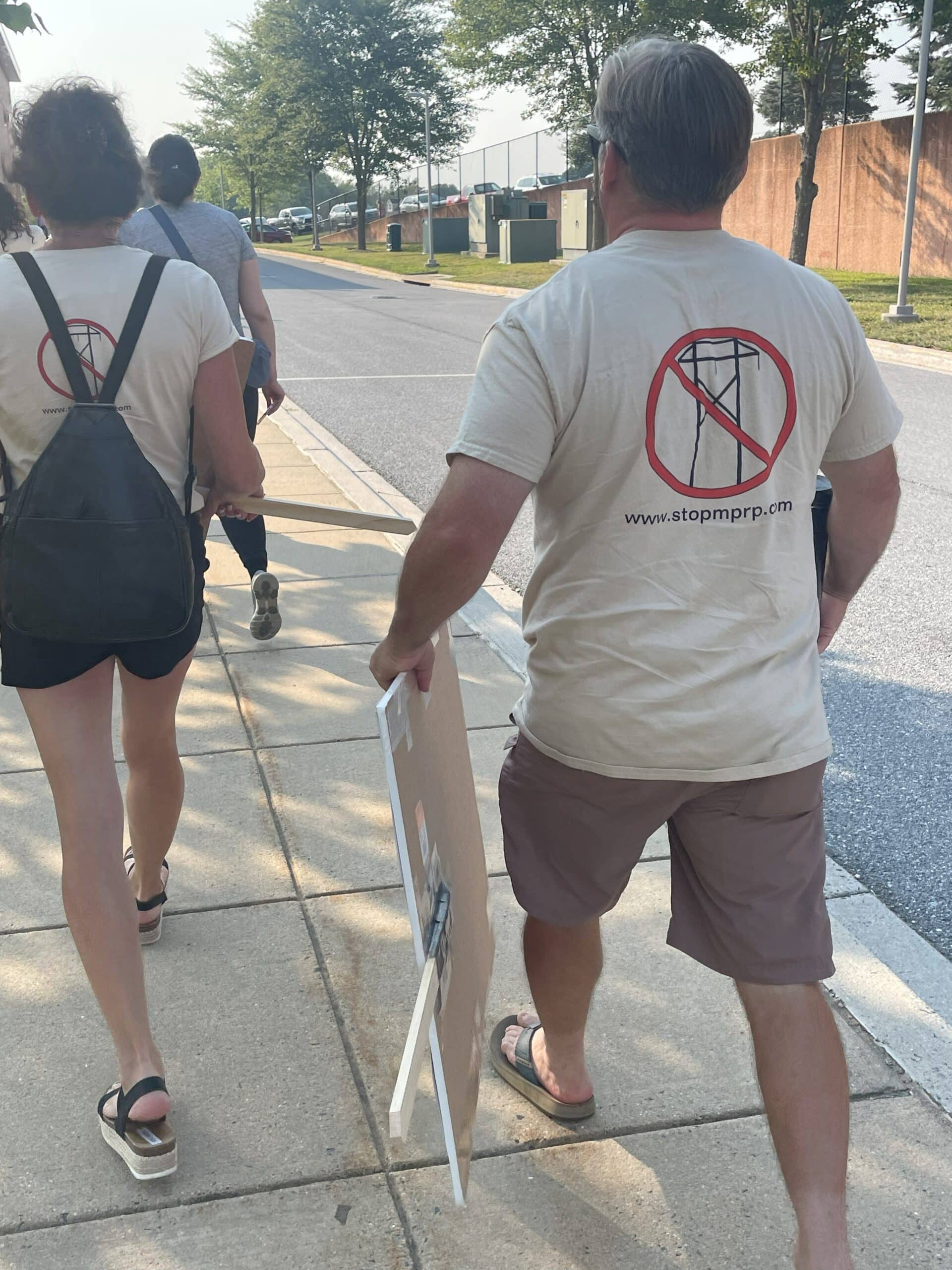
This event was organized by Frederick County’s District 4 Delegation, as evidenced by the long stretch of local politicians lined up on stage for the session. I won’t list all their names, though virtually all of them got their say during the multi-hour session.
Steve McKay from District 12 (Monrovia) was the one I paid attention to the most, as he is my representative and has been actively looking out for the Monrovia area.
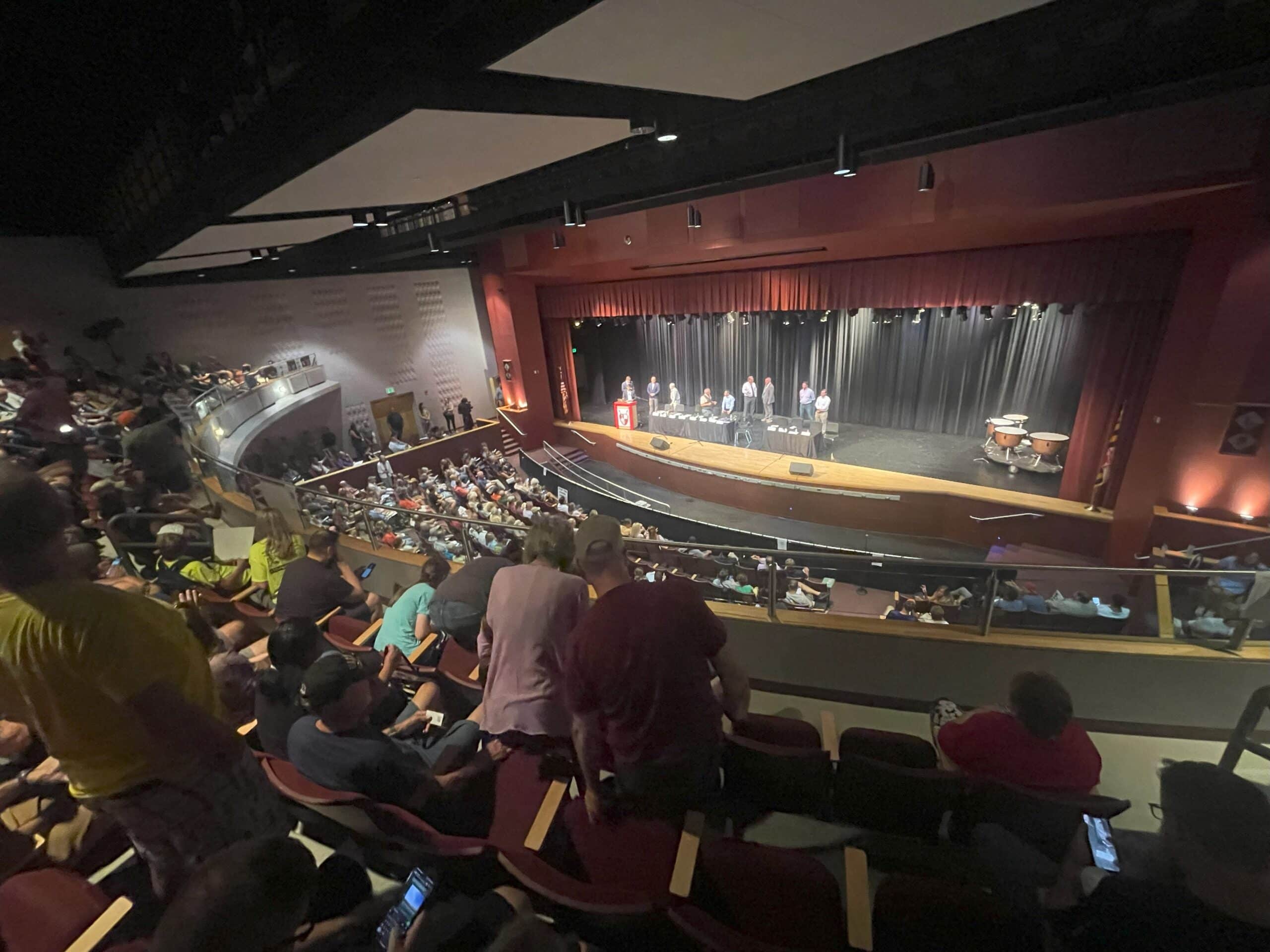
You had to feel for the two outnumbered PSEG representatives on stage, Jason Kalwa and Jim Gilroy, who did their best to explain the reasonings behind the MPRP project and answer questions.
Kalwa especially was very matter-of-fact in explaining that a combination of power plants at end of life, the increase of power needs in the region, and challenges with using existing transmission lines had created the need for MPRP.
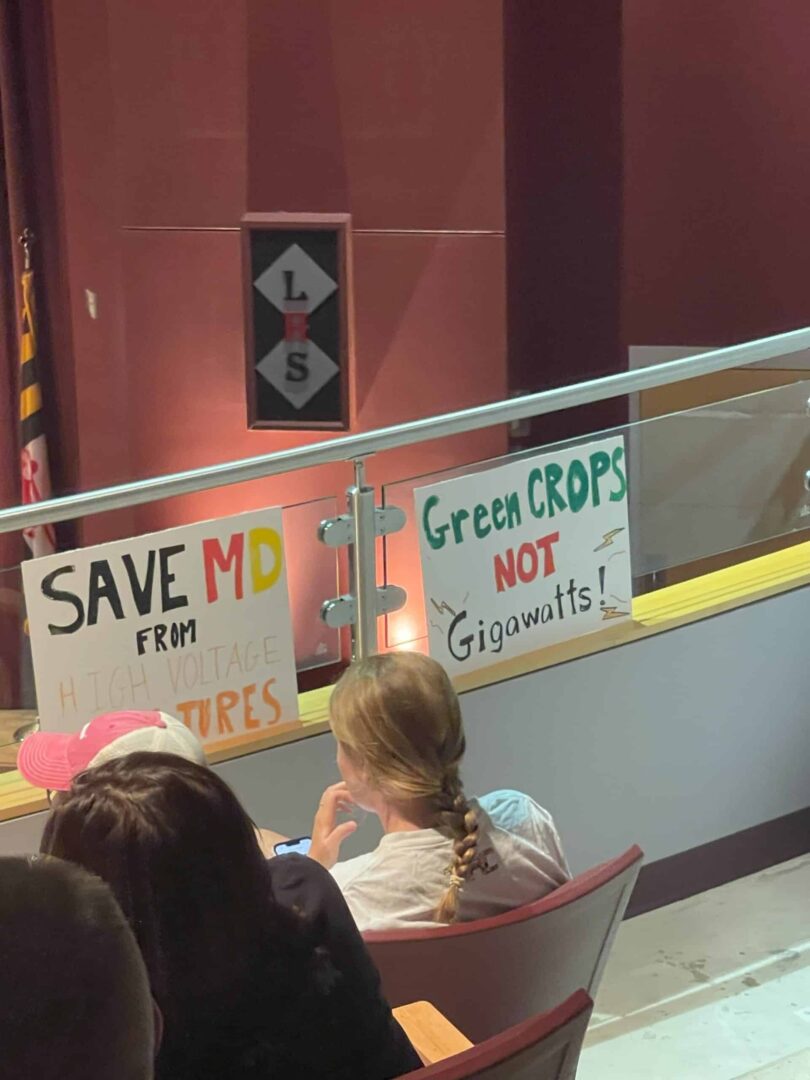
This did little to quell the anger and frustration of the audience participants, who asked repeated questions about the project (often with lots of passion). Concerns about land acquisition, environmental hazards, and economic and property value impacts were all laid bare in the forum.
StopMPRP.com - Marylanders Organizing Against MPRP
Its clear that MPRP is a bad deal for Maryland and Frederick area residents in the path of the new lines. The need for more power in the region, and the benefits of building data centers near Frederick similar to those in Loudoun County can be debated.
But if these ugly, noisy, land-grabbing transmission lines are coming to your farm or neighborhood, its not good.
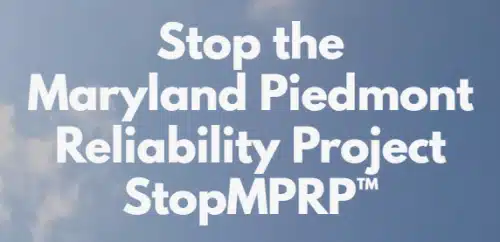
Marylanders are responding in force. Organizations have formed, recruited, and campaigned online and at events to let the public share their frustration with MPRP.
If you are looking for a place to join this fight, start here:
For EpicFrederick (Nicole and Glenn), This is Personal
For EpicFrederick.com, following the events of MPRP would always be important. We love the Frederick area and care deeply about the effect this will have on the local community, environment, and businesses.

But for Nicole and Glenn (who run this website), this is especially personal. One of our favorite things is relaxing in the back of our house, on our deck and patio. When we moved to Frederick, we chose a place that backs to a beautiful natural area of Frederick County. This area is home to Bush Creek, a small but important watershed in Eastern Frederick.
The trees, birds, deer, and other animals that live directly behind us in the Bush Creek watershed are incredibly important to us.
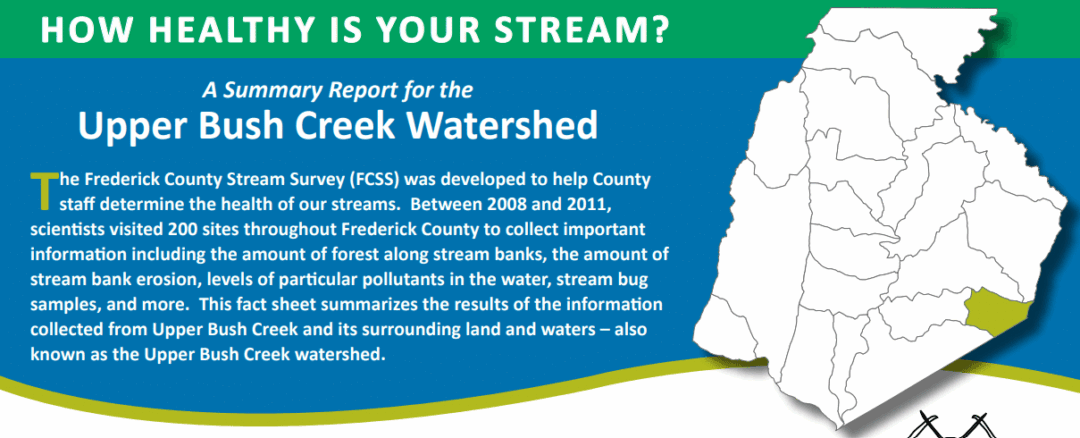
The planned route for the MPRP transmission lines goes right through this area behind our house in the Bush Creek watershed. We abhor the thought of massive construction activity to clear a 100-foot easement and install large towers in this already stressed natural area.
Make Your Opinion Matter
Of course you should form your own opinions about this matter, after reading up on MPRP and thinking about what it means to neighborhood and the greater Maryland community.
But if you decide to make your voice heard, there are several outlets, including StopMPRP, your county governments, planned forums, and social media.

